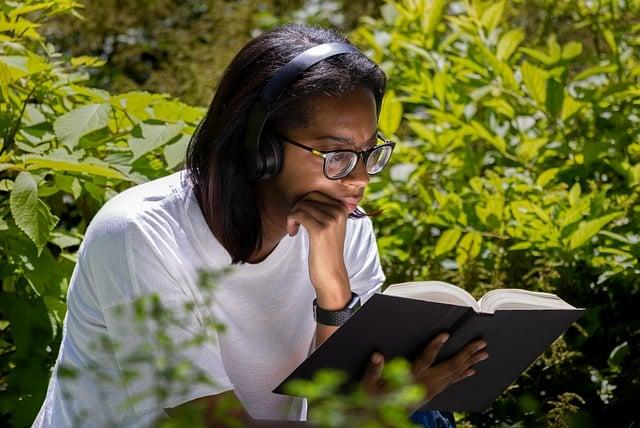The Future of Literacy in Pakistan
Literacy is the foundation of societal development, and in Pakistan, it is more crucial than ever. With a rich tapestry of culture and complexity, the future of literacy in Pakistan holds immense potential. As the nation strives to overcome various challenges, understanding how technology, education policies, and community initiatives move forward is essential. This article explores current literacy trends, future prospects, and actionable steps to improve literacy rates across Pakistan.
The Current State of Literacy in Pakistan
According to the Pakistan Bureau of Statistics, the literacy rate in the country stands at approximately 59%, with significant disparities between urban and rural areas. Here are some key stats:
| Region | Literacy Rate (%) |
|---|---|
| Urban Areas | 75 |
| Rural Areas | 50 |
| Female Population | 47 |
| Male Population | 71 |
Challenges to Literacy in Pakistan
The journey toward enhanced literacy faces multiple challenges, including:
- Poverty: A significant portion of the population lives below the poverty line, making access to education difficult.
- Gender Disparities: Cultural norms often limits access to education for girls and women.
- Quality of Education: A lack of trained teachers and insufficient educational resources impacts literacy quality.
- Political Instability: Frequent changes in government lead to inconsistent educational policies.
Opportunities for Literacy Improvement
Despite these challenges, various factors present opportunities for improvement:
- Digital Literacy Programs: The rise of online learning platforms and e-books can reach remote areas.
- Government Initiatives: Programs like the National Education Policy aim to enhance education through inclusivity and quality assurance.
- Community Engagement: Local NGOs and community-based initiatives play a crucial role in promoting literacy.
- International Aid: Support from global organizations can help fund education improvement initiatives.
Technological Innovations in Literacy
Technology is revolutionizing education in Pakistan:
- Mobile Learning: Many organizations are developing apps tailored for learning through mobile devices.
- Interactive E-learning: Platforms offering interactive content are enhancing engagement for both students and teachers.
Case Study: The Success of ProTeach
ProTeach is a noteworthy initiative that uses technology to enhance literacy among young children in underprivileged areas of Pakistan. By introducing interactive tablets and engaging content, the project has achieved a significant increase in literacy rates after only one year.
Practical Tips for Improving Literacy
Here are some actionable tips for promoting literacy in Pakistan:
- Parental Involvement: Encourage parents to engage with their children’s education through reading and storytelling.
- Establish Reading Circles: Community-led reading groups can foster a love for books and learning.
- Utilize Local Resources: Libraries and community centers should be leveraged to promote learning activities.
The Future of Literacy: Vision 2030
Looking ahead, if current trends continue, there is a possibility that the literacy rate in Pakistan could increase to over 70% by 2030. By addressing challenges and harnessing opportunities, a more educated populace can emerge, ready to contribute positively to society.
Conclusion
The future of literacy in Pakistan is a multifaceted issue that requires collective efforts from government, NGOs, communities, and individuals. By focusing on innovative solutions, equitable access, and community collaborations, there is hope for a connected, literate Pakistan in the years to come. As we venture forward, embracing technology and enhancing educational policies will serve as the cornerstones for achieving a literate society that thrives on knowledge and progress.



